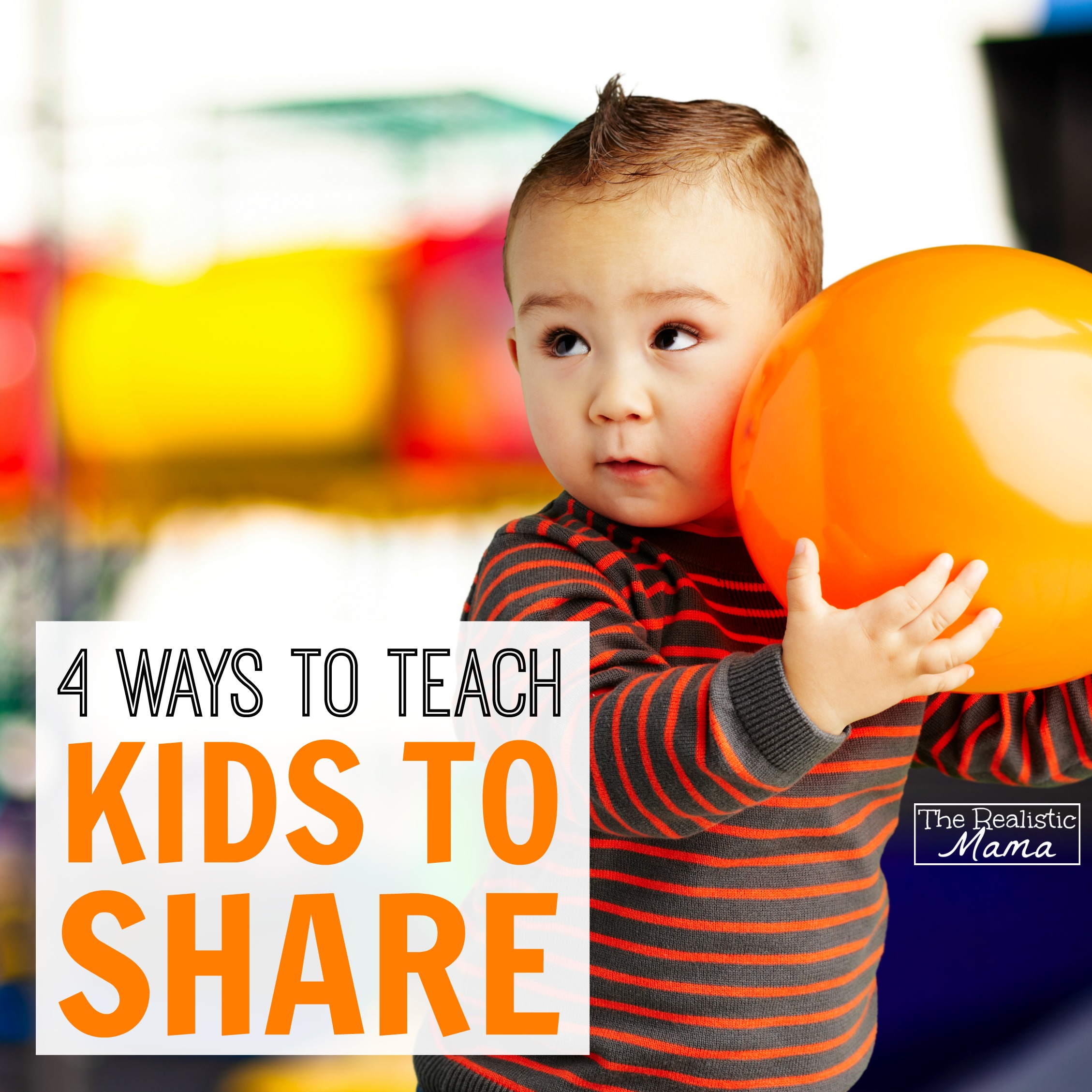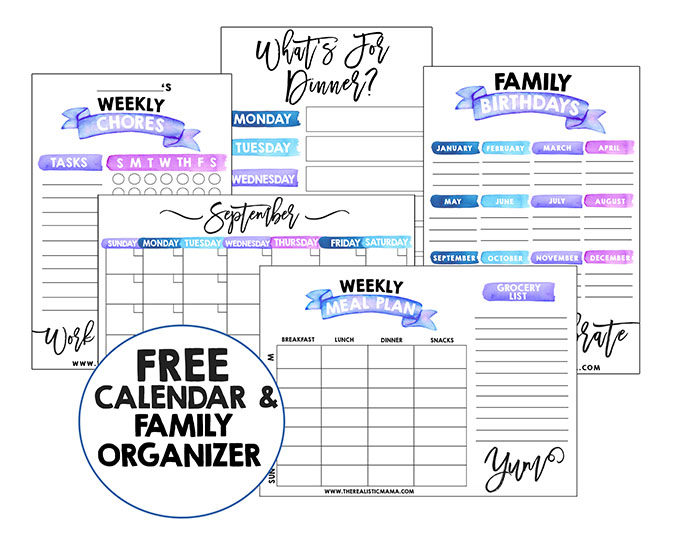I’m watching as my toddler and her playmate grab for the same baby doll. My daughter reaches it first. But her friend is close behind.
I caution, “Let’s share the baby.” But, the words mean nothing to the two toddlers. And now they both have a tight grip on this poor baby doll.
Teaching kids to share is no easy task for parents!
And, to make it even more complicated, learning to share is not only a skill for toddlers. Many older kids need a lesson or two in how to share fairly!
If you’re going through this with your kids, here are a few tips to get you started!
Teach Your Child to Share
1. Stop encouraging them to share. Instead, offer them phrases that encourage sharing behavior! For younger kids, you will be their voice. As they grow and their vocabulary improves, they can use these phrases on their own.
- “It looks like you’d like a turn with they toy. Let’s ask Caleb if you can have a turn.”
- “Can Bailey use the toy when you’re done?”
- “I’d like to play with that toy when you’re done.”
2. Show them that they have options. Many times, kids use behaviors such as grabbing toys or refusing to work together because they don’t realize there are other ways to solve the problem. Offer them a variety of solutions.
- “Do you want to throw the ball to me? I’ll throw it back!”
- “Can my Barbies visit your dolls?”
- “Maybe both of our cars can ride on this track together. What do you think?”
3. Teach them about compromise. As kids grow they can learn how to negotiate or work together to find a solution that works for everyone. Again, this will need to be modeled and demonstrated by you until they catch on.
- Set a timer so each person has a chance to use the item.
- Encourage trading or bartering.
- Brainstorm solutions — who knows what your kids will decide!
4. Empathize with their experience. Sharing can be frustrating, disappointing, and challenging. But, it can also be rewarding! Don’t forget to reinforce the feel-good feeling that comes from sharing and working together with friends!
- “It’s hard to wait our turn sometimes!”
- “Look at her smile! She loves when you share!”
- “You are very thoughtful!”
Teaching kids to share takes time. It’s not something that happens overnight. At first, you may have to stay close to your child so you can model strategies and give them options.
There may be some setbacks and struggles as your child learns how to put these skills in practice on their own. With time, and practice, your child may be the best friend of everyone on the playground!
We’d love to see you again! Connect with us on Facebook, Pinterest, Instagram, and by subscribing to our free email newsletter!!
Visit Alida | The Realistic Mama’s profile on Pinterest.
 BY GUEST WRITER: NICOLE SCHWARZ
BY GUEST WRITER: NICOLE SCHWARZ
Nicole Schwarz is a mom to 3 young girls, a Parent Coach with a License in Marriage and Family Therapy, and author of Positive Parenting for Imperfect Families. Find positive parenting tips and learn more about Parent Coaching on her blog, Imperfect Families.
P.S. Are you looking for extra side income? I make full-time income blogging part-time—check out this easy step-by-step tutorial on how start a blog (no tech knowledge required).Download My Free Family Organizer

Ready to de-stress + spend more time with your kids?
Life gets busy. I hear you. I'm here to show you how to CREATE more time for what matters most. Get a free family organizer as a thank you for joining our newsletter – includes monthly calendars, chore charts, meal planners and more...




I love this Nicole! And I’m so happy to see that your first point is to stop making kids share. I’ve always believed it was counter-productive to force kids to share. Instead, it’s all about turn taking in my home, and pointing out that he has to wait, or encouraging the other child to give the toy to the other one when he’s done. And above all, point out how happy he has made someone else when he is considerate of others.